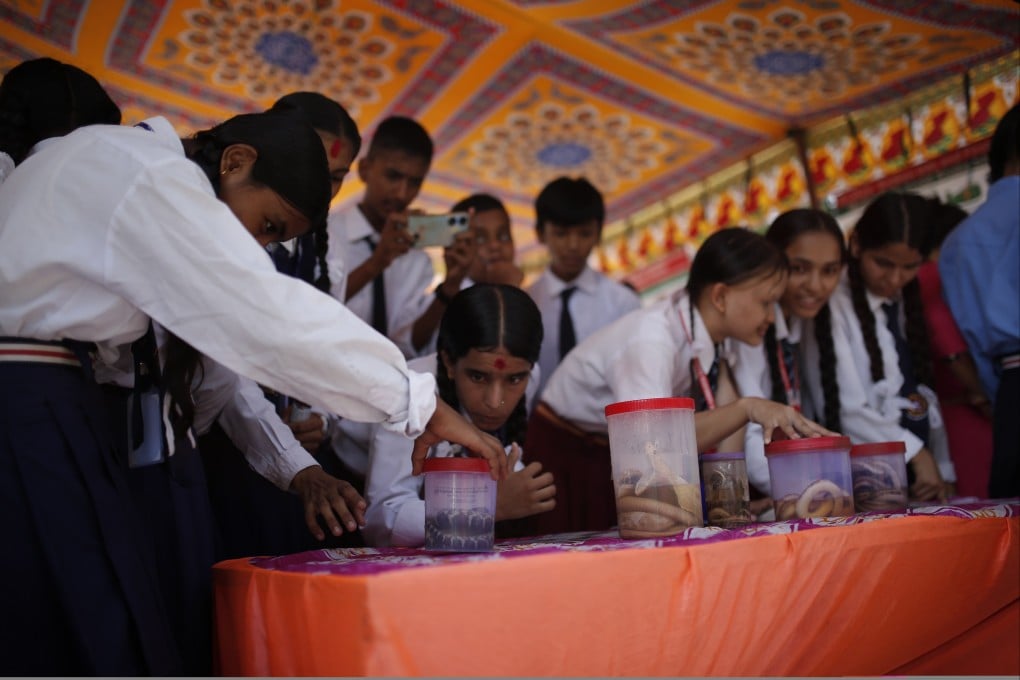‘Neglected disease’: Nepal readies for more snakebite cases as summer approaches
- Snakebites are a deadly threat in Nepal, especially in rural areas, but experts believe targeted awareness campaigns and increased treatment access could save lives
- Districts in Nepal’s southern lowlands are the most vulnerable to snakebites due to the warmer climate and reptile habitats throughout the region

Kharel’s family members rushed her to the nearest snakebite treatment centre in the town of Nepalgunj. It took her less than 45 minutes to reach Bheri Hospital and receive treatment from what was identified as a cobra bite, which can kill people within one to two hours if left untreated.
“We used to follow various preventive measures to deter snakes from the house but have never encountered such bites in the neighbourhood before,” the 20-year-old student said. “Luckily, we reached the hospital in time.”
While Kharel received timely treatment, many others in Nepal are less fortunate. Snakebites remain a pervasive and deadly threat in the country, especially among its rural populations, but experts believe that targeted awareness campaigns and increased treatment access could halve the number of fatalities.

A 2022 research in the medical journal The Lancet, which is said to be the first snakebite epidemiological study in Nepal, estimated that there were as many as 37,661 snakebite cases and 3,225 deaths annually in the country’s southern plains. However, the government’s hospital-reported data from the past two decades show an average of 20,000 hospitalisations and about 1,000 deaths every year.
